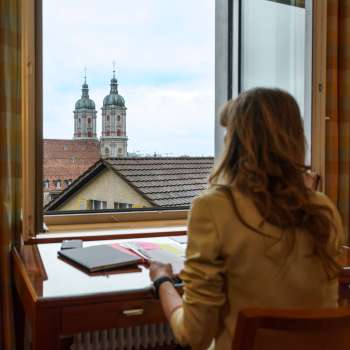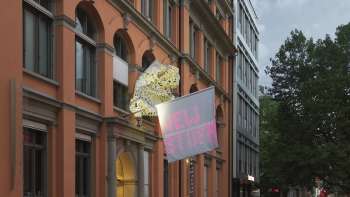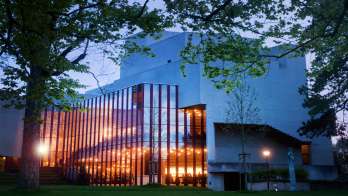St.Gallen – The world-famous metropolis of Eastern Switzerland!
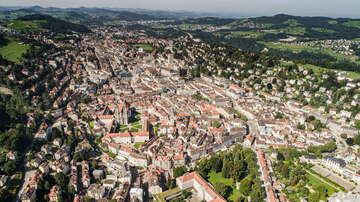
Why you’ll love St.Gallen
This charming town in the heart of Eastern Switzerland will captivate you with its perfect blend of history, culture and modernity. In the year 612, the Irish monk Gallus laid the foundation stone for what is now St.Gallen in the Mülenen Gorge. St.Gallen is known for its rich textile-making heritage and its Abbey District, a UNESCO World Cultural Heritage site complete with an imposing cathedral and the world-famous Abbey Library. The old town’s brightly coloured bay windows invite you to take a stroll, and the many museums and galleries have something for everyone. Why not take a guided tour to learn more about how this unique city came to be?
Discover the best of St.Gallen
Spectacular UNESCO World Cultural Heritage site
Abbey District of St.Gallen
The entire Abbey District of St.Gallen was designated a UNESCO World Cultural Heritage site in 1983. The baroque cathedral, with its two towers, is the landmark of the city of St.Gallen and one of the last monumental monastery buildings of the Baroque period. At the heart of the Abbey District is the Abbey Library, one of the oldest and most beautiful libraries in the world. The exhibitions change regularly, showcasing the many valuable manuscripts and unique documents, and leave visitors with a lasting impression of St.Gallen’s scientific and monastic culture.

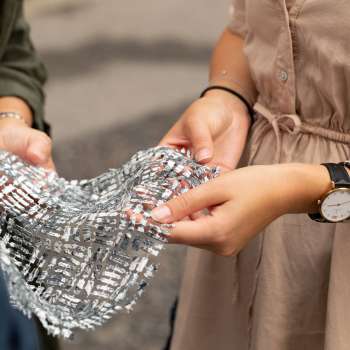
Tradition and innovation in the textile industry
St.Gallen and the textile industry – our history
St.Gallen once produced around half the world’s embroidered products. That was just over 100 years ago. But textiles still loom large here today, just in new sectors, such as haute couture, medical technology and architecture.
Upcoming events in and around St.Gallen
All the information you need for an unforgettable trip
Plan your visit to St.Gallen
Are you ready to discover St.Gallen? Plan your visit and experience the variety and beauty of this unique city.
